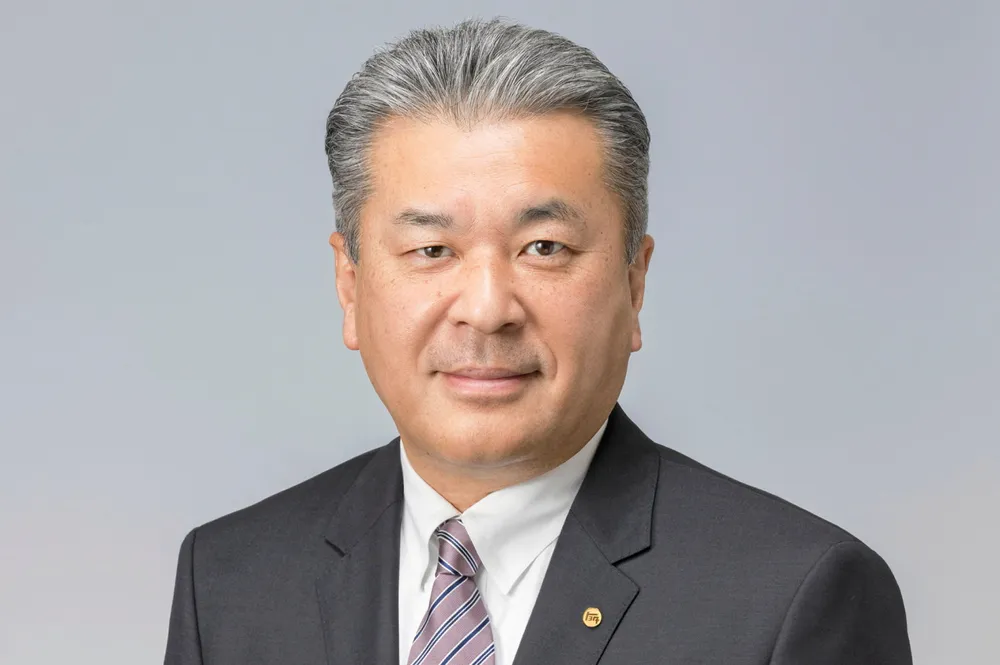Toyota pivots towards hydrogen trucks, admitting that its Mirai fuel-cell car has not been successful
But Japanese automaker will not yet give up on H2 cars, even as its own solid-state battery tech undermines their use case

But Japanese automaker will not yet give up on H2 cars, even as its own solid-state battery tech undermines their use case
